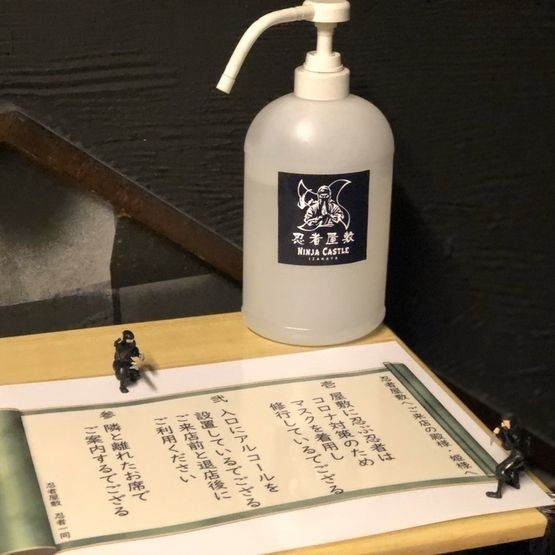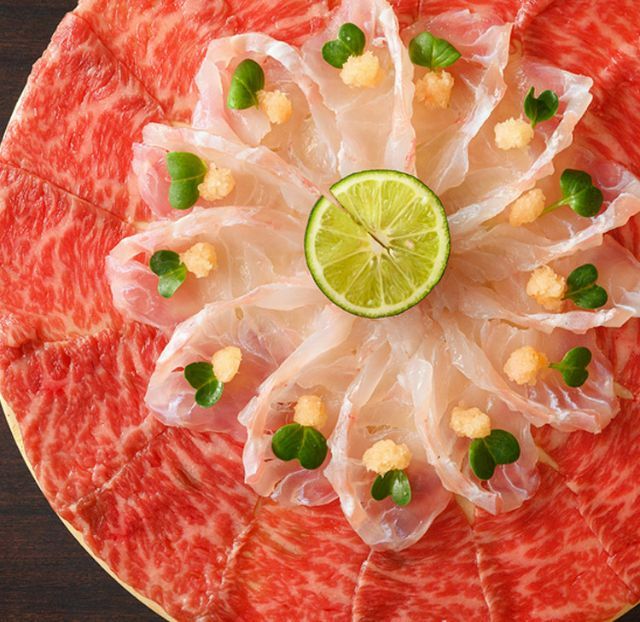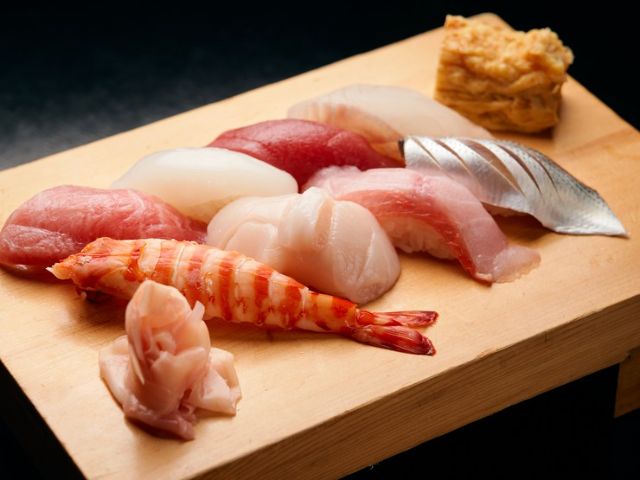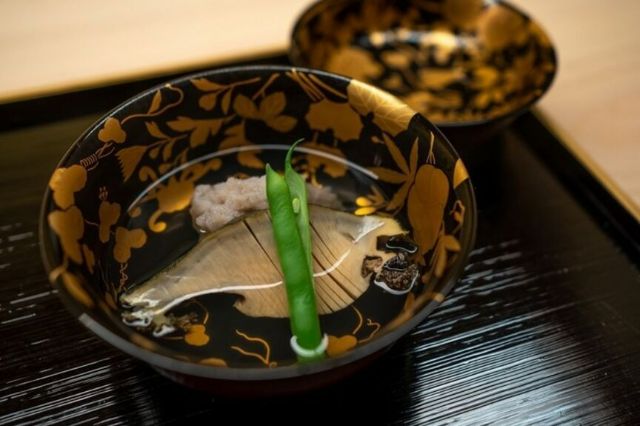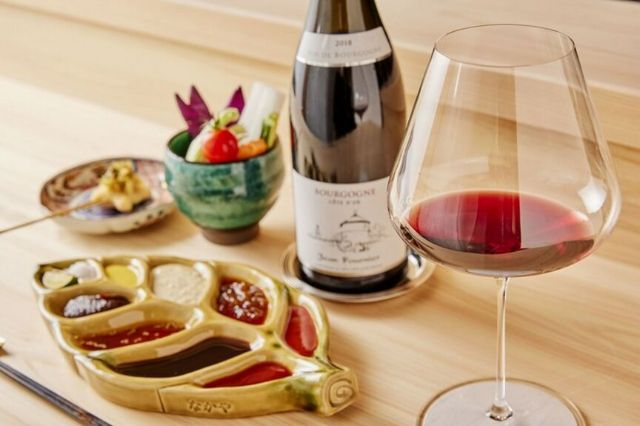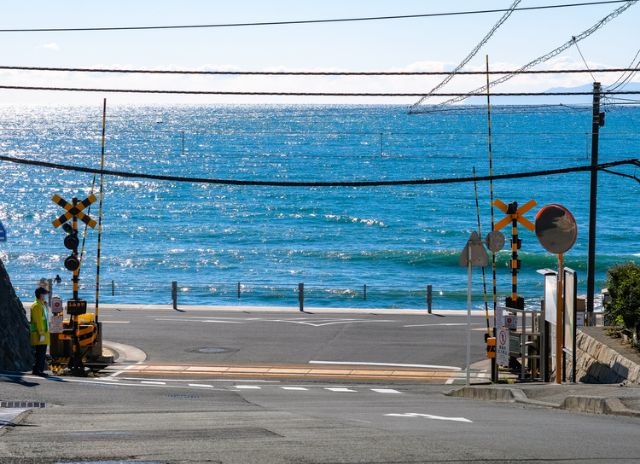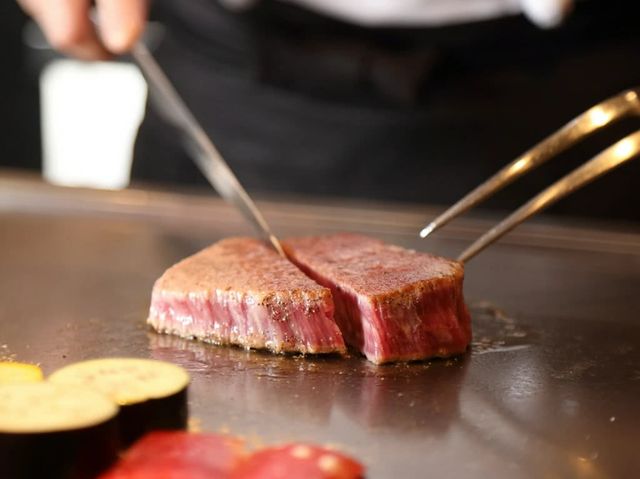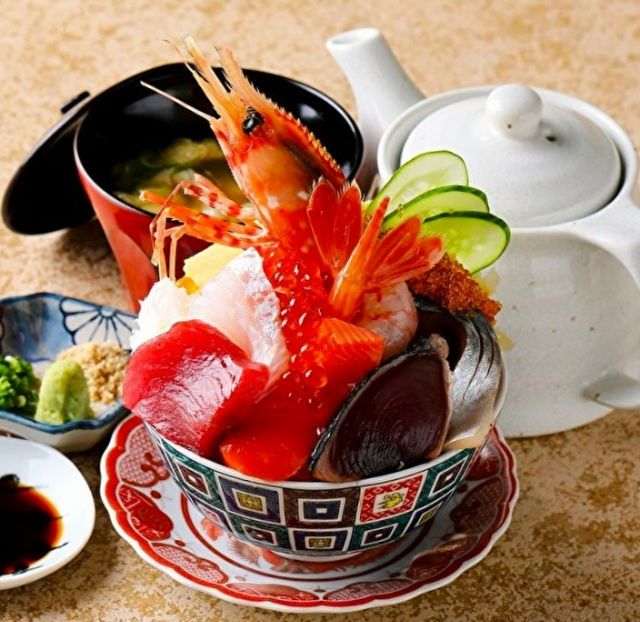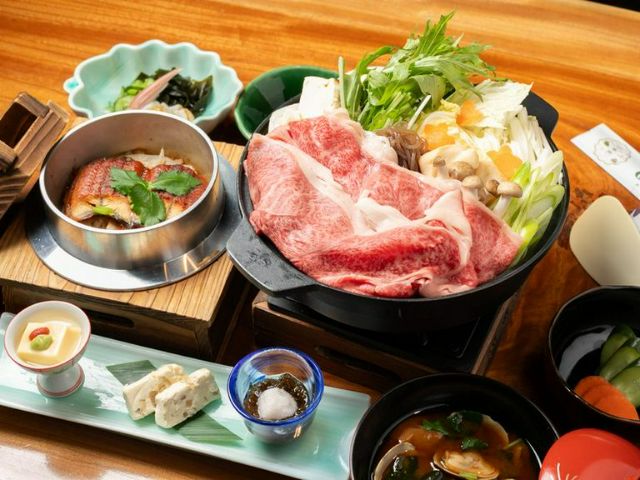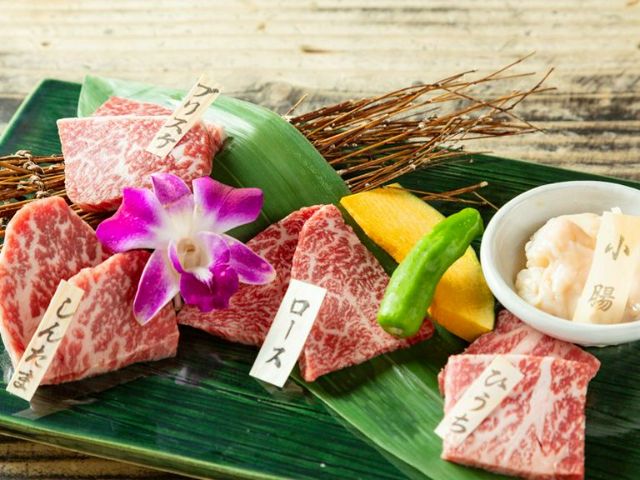The Ultimate Guide to Sushi! Learn the History, Terminology, and Etiquette to Fully Enjoy Japan’s Most Famous Food!
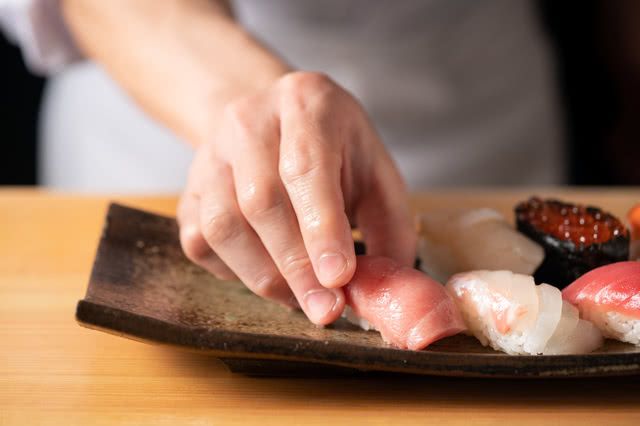
The History of Sushi
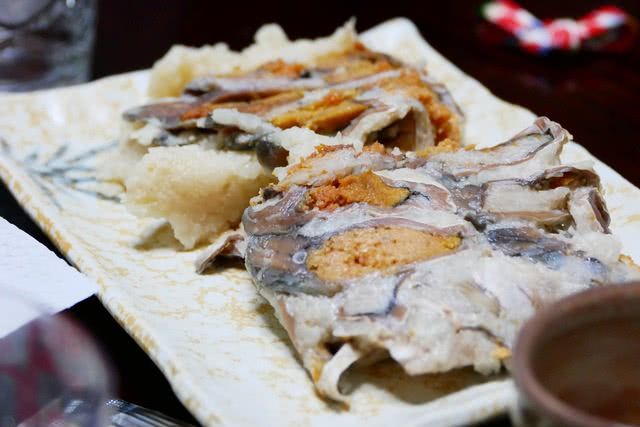
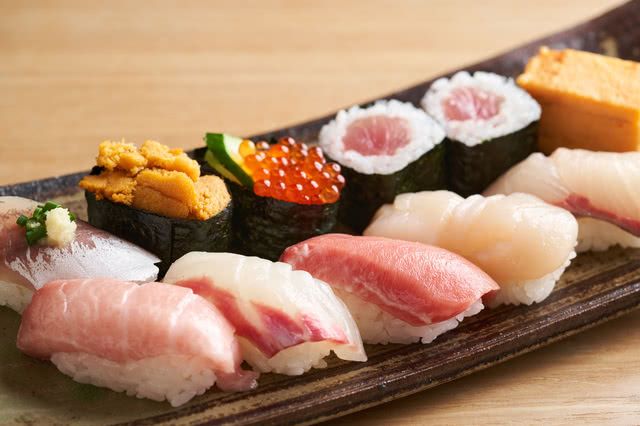
Types of Sushi
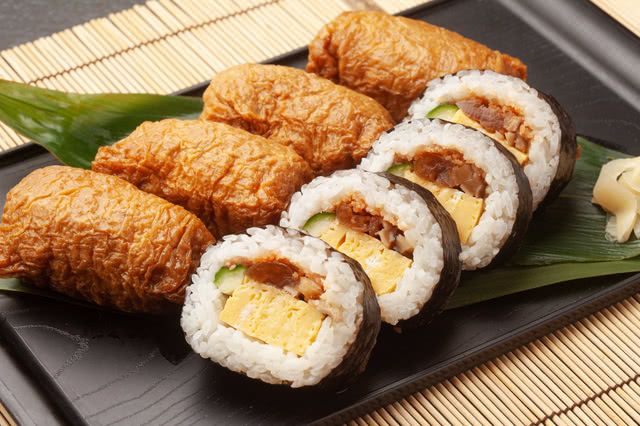
For example, there is maki zushi, which are sushi seaweed rolls with various fillings; chirashi zushi, where sushi rice is decorated elegantly with a variety of seafood or eggs; inari zushi, where vinegared rice is wrapped in sweet-and-spicy deep-fried tofu; and oshi zushi, a dish in which sushi rice is pressed in a rectangular box or mold and topped with seafood (like mackerel or conger eel), tamagoyaki (rolled omelette), and other ingredients.
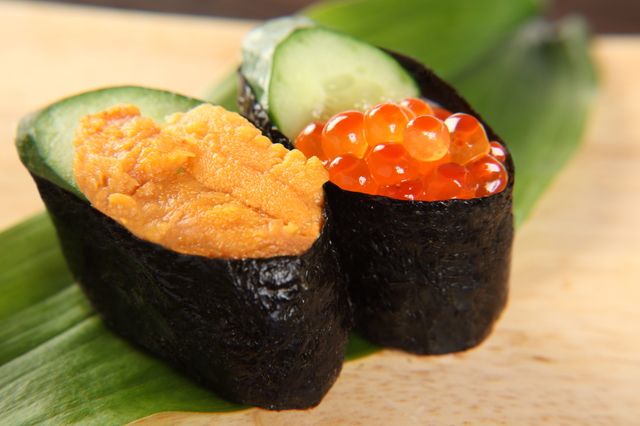
As you can see, this dish that has become one of Japan’s most famous foods exists in several forms, and it’s still evolving to this day.
Sushi Terminology

- Kan: A counting word for nigiri zushi. Ex: One kan of nigiri zushi, two kan of nigiri zushi, and so on.
- Shari: Vinegared rice. The word literally means "bones left after cremation" because of the rice’s white color.
- Namida or Sabi: Wasabi. The condiment is sometimes called "namida," which literally means "tears," because it’s so spicy, it can make you cry.
- Murasaki: Soy sauce. The word literally means "purple," the supposed color of the condiment.
- Neta: Sushi topping.
- Gyoku: Egg omelette.
- Kappa: Cucumber. A kappa-maki is a type of maki zushi with cucumber.
- Tekkamaki: A seaweed roll with red tuna meat.
- Gari: Thinly sliced ginger marinated in vinegar. Used as a palate cleanser between different servings of sushi.
Avoid a Faux Pas with This Etiquette Guide to Fine Sushi Dining
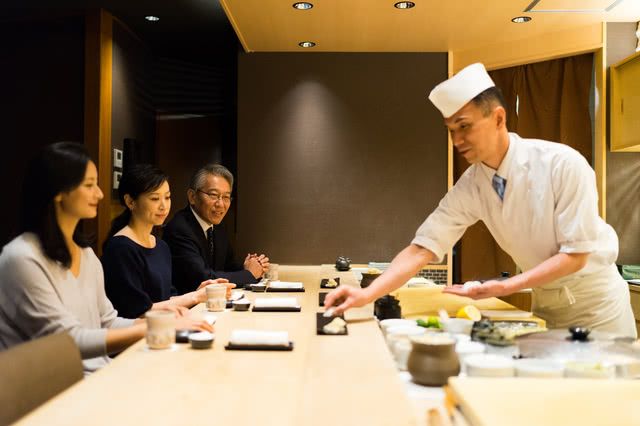
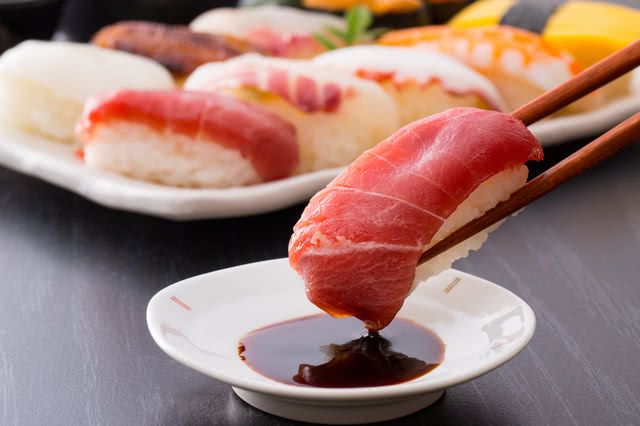
- Eat the sushi as soon as it’s served.
Not enjoying a topping when it’s at its freshest is considered an insult to the chef. For maximum flavor and to not be rude, you must eat the sushi immediately after it’s been served.
- Dip the topping, not the rice, in just a little bit of soy sauce.
If you dip the rice in too much soy sauce, it will ruin the taste of the topping and cause the rice to fall apart. Dip a small corner of the topping in the condiment to enhance its flavor. Make sure to not take it off the rice, though, as that’s also considered a faux pas.
- Start with light flavors.
During fine sushi dining, you start with something light like white fish before moving to stronger flavors like red tuna meat, fatty tuna, shellfish, and unagi (eel). You end the meal with something refreshing like kappa-maki. However, this is not a hard rule, and it’s OK to order only the things you want or to ask for an [omakase] course where the chef chooses your sushi for you.
- Both hands and chopsticks are OK.
It doesn’t matter whether you eat sushi with your hands or with chopsticks. The choice is up to you.
See the Japanese Dining Etiquette video below.
https://savorjapan.com/contents/manners/japanese-dining-etiquette/

- Do not put on perfume or cologne.
Strong fragrances will ruin the taste of sushi, especially if you’re sitting at a counter right in front of the chefs. Also make sure that your hair or laundry products don’t give off any strong odors.
- Refrain from smoking.
Just like perfume, the odor of cigarette smoke can ruin the taste of sushi. Please refrain from smoking shortly before entering a fine dining sushi restaurant.
Recommended Sushi Restaurants
Sushi Onikai (Naka-Meguro)
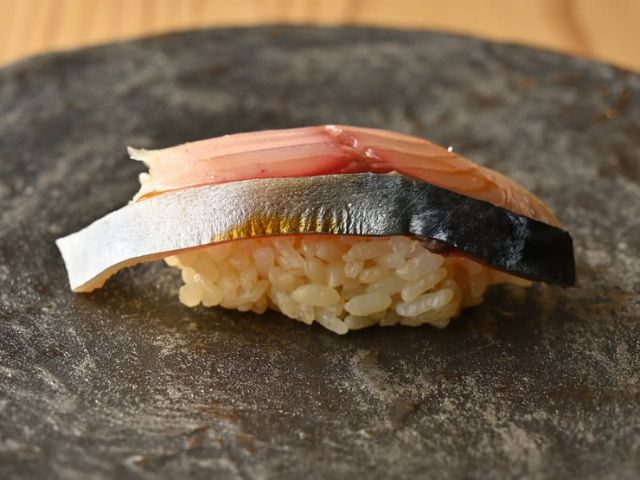
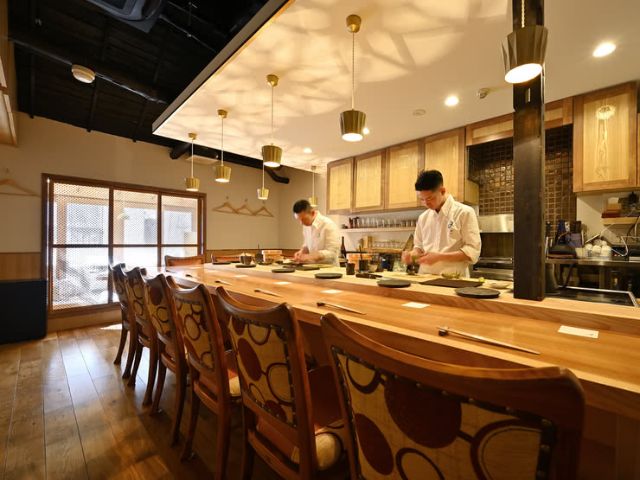
Sushi Onikai
Closed: Irregular
Average price: [Dinner] 12,000 JPY
Access: 3-minute walk from Nakameguro Station on the Tokyu Toyoko Line
Address: 2F, 2-18-11, Kamimeguro, Meguro-ku, Tokyo Map
More Details Reservation
Sushi Sho (Hakone-Yumoto)
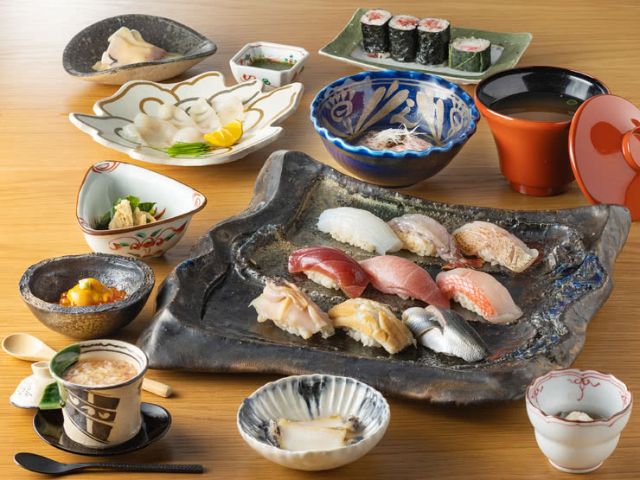
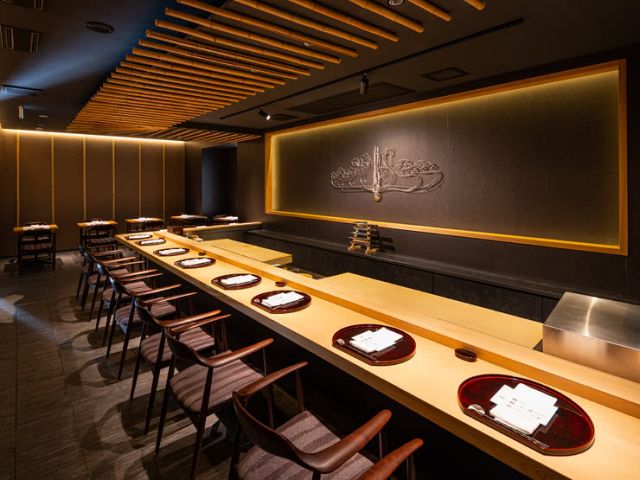
Sushi Sho
Average price: [Dinner] 20,000 JPY / [Lunch] 10,000 JPY
Access: 7 minute walk from Hakone Yumoto Station on the Odakyu Line / Hakone Tozan Railway
Address: 642-1, Yumoto, Hakonemachi, Ashigarashimo-gun, Kanagawa Map
More Details Reservation
Tokyo Sushi ITAMAE SUSHI Akasaka Branch
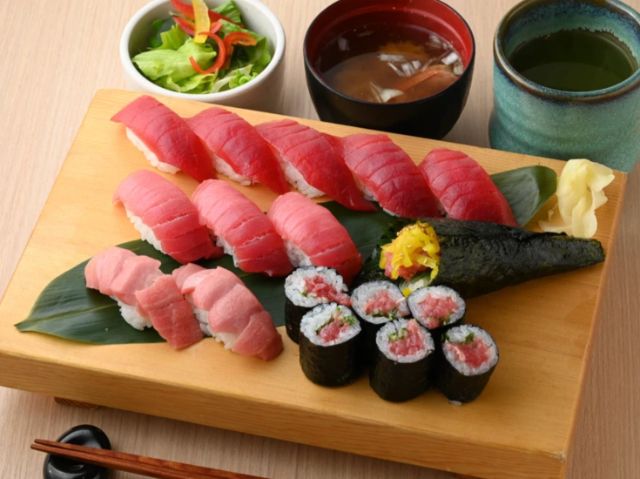

Tokyo Sushi ITAMAE SUSHI Akasaka Branch
Closed: None
Average price: [Dinner] 5,000 JPY / [Lunch] 1,500 JPY
Access: 1-minute walk from Akasaka-mitsuke Station, 6-minute walk from Exit #2 of Akasaka Station on Chiyoda Line
Address: 1F, Taisuikan Bldg., 3-10-1, Akasaka, Minato-ku, Tokyo Map
Disclaimer: All information is accurate at time of publication.
Thank you for reading our article.
Our goal is to take your culinary journey to the next level by helping you find the best restaurant. With SAVOR JAPAN, you can search and make reservations for
the Sushi restaurants found in and around Tokyo that fill your needs.
Discover more Sushi restaurants by area
- Tokyo Area
- Near Tokyo
- Kyoto and Osaka Area
- Hokkaido Area
- Northern Honshu (Tohoku)
- Central Honshu (Chubu)
- Western Honshu (Chugoku)
- Shikoku
- Kyushu
- Okinawa and Southeast Islands
Discover more restaurants to eat Japanese Cuisine by area
Related Articles
New Articles
Categories
Cuisine
- Bars (21)
-
Japanese Cuisine (651)
- Kaiseki (42)
- Nabe (19)
- Okonomiyaki (18)
- Shabu Shabu (32)
- Soba (17)
- Sushi (129)
- Tempura (17)
- Teppanyaki (46)
- Shojin Ryori (2)
- Tonkatsu (10)
- Kushiyaki (10)
- Yakitori (41)
- Sukiyaki (33)
- Japanese Cuisine (336)
- Oyster (2)
- Sashimi/ Seafood (17)
- Unagi (eel) (30)
- Motsu Nabe (offal hotpot) (6)
- Mizutaki (chicken hot pot) (3)
- Oden (4)
- Kaisendon (seafood bowl) (7)
- Udon (2)
- Taverns(Izakaya) Cuisine (117)
- Western Cuisine (39)
- Italian/French Cuisine (91)
- Yakiniku/Steak (217)
- Chinese Cuisine (21)
- Ramen (Noodles) Cuisine (21)
- Cafe/Sweets (54)
- Other Asian Cuisine (5)
- Global/International Cuisine (7)
- Alcohol (43)
- Other (10)
Area
- Shikoku (10)
- Kyoto and Osaka (343)
-
Tokyo (435)
- Tokyo (266)
- Ginza (39)
- Roppongi (21)
- Shibuya (22)
- Shinjuku (41)
- Asakusa (19)
- Ebisu (10)
- Tsukiji (10)
- Tokyo Landmarks (3)
- Ueno (21)
- Akihabara (9)
- Ikebukuro (11)
- Jiyugaoka, Denenchofu, Nakameguro (9)
- Shimokitazawa (4)
- Kichijoji (3)
- Tachikawa (1)
- Omotesando, Harajuku, Aoyama (17)
- Akabane (1)
- Kagurazaka (4)
- Akasaka (8)
- Odaiba (1)
- Tsukishima, Harumi, Toyosu (3)
- Near Tokyo (97)
- Okinawa and Southeast Islands (58)
- Hokkaido (120)
- Northern Honshu (Tohoku) (31)
- Central Honshu (Chubu) (141)
- Western Honshu (Chugoku) (32)
- Kyushu (92)
Archives
- July 2025(5)
- June 2025(18)
- May 2025(34)
- April 2025(43)
- March 2025(30)
- February 2025(36)
- January 2025(26)
- December 2024(69)
- November 2024(31)
- October 2024(15)
- September 2024(39)
- August 2024(65)
- July 2024(31)
- June 2024(54)
- May 2024(61)
- April 2024(28)
- March 2024(31)
- February 2024(42)
- January 2024(32)
- December 2023(20)
- November 2023(5)
- October 2023(11)
- September 2023(7)
- August 2023(18)
- July 2023(8)
- June 2023(8)
- May 2023(18)
- April 2023(15)
- March 2023(1)
- January 2023(1)
- April 2022(2)
- March 2022(2)
- February 2022(1)
- January 2022(1)
- July 2021(1)
- March 2021(1)
- February 2021(1)
- December 2020(1)
- October 2020(1)
- September 2020(2)
- August 2020(10)
- July 2020(6)
- June 2020(9)
- May 2020(11)
- April 2020(8)
- March 2020(8)
- February 2020(13)
- January 2020(9)
- December 2019(24)
- November 2019(8)
- August 2019(14)
- July 2019(15)
- June 2019(18)
- May 2019(17)
- April 2019(16)
- March 2019(22)
- February 2019(22)
- January 2019(26)
- December 2018(34)
- November 2018(40)
- October 2018(32)
- September 2018(11)
- August 2018(8)
- July 2018(6)
- June 2018(9)
- May 2018(10)
- April 2018(21)
- March 2018(74)
- February 2018(39)
- January 2018(26)
- December 2017(60)
Keywords
- Omakase
- Accessible
- Affordable
- All-You-Can-Eat
- Amazing Scenery
- anime
- Art
- Autumn
- Awards
- Beer Gardens
- Breakfast
- Chef Recommendations
- Cherry Blossoms
- Chinese
- Close To Station
- Condiments
- Counter
- Coupon
- Crab
- Culture
- Dassai
- Dates
- delivery
- Early Summer
- Editor's Recommendation
- English Available
- Event
- Expo
- Fall Leaves
- Family-Friendly
- Famous Restaurant
- Famous Tourist Spot
- Fast Food
- festival
- fireworks
- Flower Farm
- Free Wi-Fi
- French
- Great Location
- Guide
- Hibachi
- hotpot
- How To
- hydrangea
- Hygiene
- Illumination
- Italian
- Izakaya
- Japanese
- Japanese alcohol
- jingisukan
- Kaiseki
- Kappo
- Kushiage
- Kushikatsu
- Kyoto
- Late-Night
- Lunch
- Manners
- matsusakagyu
- Michelin
- mizutaki
- Model Course
- monjayaki
- motsunabe
- Mt.Fuji
- Multilingual Menus
- Nabe
- Narita Airport
- New Year
- Ninja
- Noodle
- Oden
- Okonomiyaki
- omotenashi
- Onsen
- Osaka
- Osaka Station
- Photogenic Site
- pizza
- PR
- Private Room
- Ramen
- ranking
- Recipe
- Regional Cuisine
- Resort
- Rice Bowl Dish (Donburi)
- sacred places
- Sake
- Sakura
- Sashimi
- sea urchin
- Setouchi Area
- Shabu Shabu
- sightseeing
- Signature Dish
- Soba
- Solo Diners Welcomed
- Spicy Food
- Spring
- Steak
- Summer
- Sunflower
- Sushi
- Takashimaya
- takeout
- Teppanyaki
- Terrace Seating
- Tokyo
- Tokyo Skytree
- Tokyo Tower
- unagi
- UNESCO
- Vegan
- Vegetarian
- Wagyu
- What Popular Gourmet Sites Recommend
- Whisky
- Wine Bar
- Winter
- Wisteria
- Workshop
- World Heritage Site
- Yakiniku
- Yoshoku
- Yuba
- Zen
Discover Restaurants By Area
-

Tokyo Area
Japan's largest city, Tokyo, is the center of culinary culture in Japan. Countless Tokyo restaurants serve every kind of food imaginable and the Toyosu fish market keeps restaurants stocked with the nation's finest fish.
-

Near Tokyo
Coastal areas, mountains and valleys surrounding Tokyo are bursting with tourist destinations, such as hot springs and ski slopes, where many unique foods are only available locally.
-

Kyoto and Osaka Area
The cities of Kyoto and Osaka, together with their surrounding areas, have greatly influenced Japan's culinary culture since the 7th Century. The region is renowned for its entertainment, Kobe beef, and wide-ranging traditional dishes.
-

Hokkaido Area
The island of Hokkaido is home to wide-ranging produce of the finest quality, such as rice, meat, vegetables, fish and fruit. Popular dishes from Hokkaido include robatayaki (food slowly roasted on skewers) and Sapporo miso ramen.
-

Northern Honshu (Tohoku)
The northern end of Japan's main island, Honshu, is renowned for its seasonal fruit and vegetables, nation-leading harvest of fish (especially tuna from Ohma), and delicious beef from Yonezawa, Sendai and Yamagata.
-

Central Honshu (Chubu)
Chubu is in the center of Japan's main island, Honshu, and its culinary culture reflects its position between Japan's western and eastern halves. Delicious Hida beef, world-famous Mount Fuji and many acclaimed sake breweries are in Chubu.
-

Western Honshu (Chugoku)
Chugoku, on the southwest of Japan's main island, is rich with diverse produce. Many of its products are praised as Japan's best, including Matsuba crabs from Tottori and oysters from Hiroshima. Its pears and muscats are also top grade.
-

Shikoku
The mild climate of Shikoku is ideal for growing citrus fruit such as sudachi. Shikoku is also famous for Sanuki udon noodles, huge yields of tiger prawn from Ehime Prefecture and the best torafugu (tiger globefish) in the country.
-

Kyushu
Western culture was first introduced to Japan through Kyushu, Japan's third largest island, where the influence of Portuguese and other western cuisine influenced the creation of a colorful culinary tradition.
-

Okinawa and Southeast Islands
Okinawa, Japan’s southernmost prefecture, is a treasure trove of distinctive dishes and drinks that have become popular throughout Japan, including Okinawa soba, unique sushi toppings and Awamori distilled liquor.
